In Bela krajina the occupier’s border between Fascist Italy and the Independent State of Croatia (NDH) ran along the boundary of the srez (administrative unit) from Trdinov vrh along the ridge of the Gorjanci/Žumberak mountain range to the Kolpa River near Božakovo and then upstream of the Kolpa River to Predgrad. To prevent Slovene and Croatian partisan brigades from crossing the border, the Italians intended to fortify the border at the Gorjanci/Žumberak mountain range with a line of wire fences and bunkers. There was to be no wire fence upstream of the Kolpa River, only fortified bridges and other facilities. In the spring of 1943, due to Italy’s capitulation, they succeeded in building only 6 bunkers near Metlika. The border greatly changed people’s daily lives; the farmers who had land on both sides of the border were affected the most. The residents of Žumberak with Orthodox roots were of the opinion that the border was also useful because it prevented the Ustasha from coming to the Italian-occupied area.
In May 1941, there were individual attempts to annex a part of the Črnomelj (Bela krajina) srez to the NDH (Municipality of Radatoviči) and an attempt to annex the entire Bela krajina to Nazi Germany.
A strong partisan movement developed very quickly, forcing the Italians to abandon their smaller, mainly border posts as early as December 1942. From then on they stayed only in larger towns: Črnomelj, Vinica, Stari Trg ob Kolpi, and Metlika. The latter was enclosed entirely by barbed wire and bunkers.
After Italy capitulated in September 1943, Bela krajina became a free territory and chosen as the seat of the Main Headquarters of the National Liberation Army and Partisan Detachments of Slovenia, of the Executive Committee of the Liberation Front, and of many other institutions. Until the end of the war Bela krajina witnessed only a few individual enemy raids launched by Germans and the Ustasha.
Nowadays, we automatically draw comparisons between the former occupier’s border and today’s fenced and barbed-wire border with the Republic of Croatia, especially along the Kolpa River.
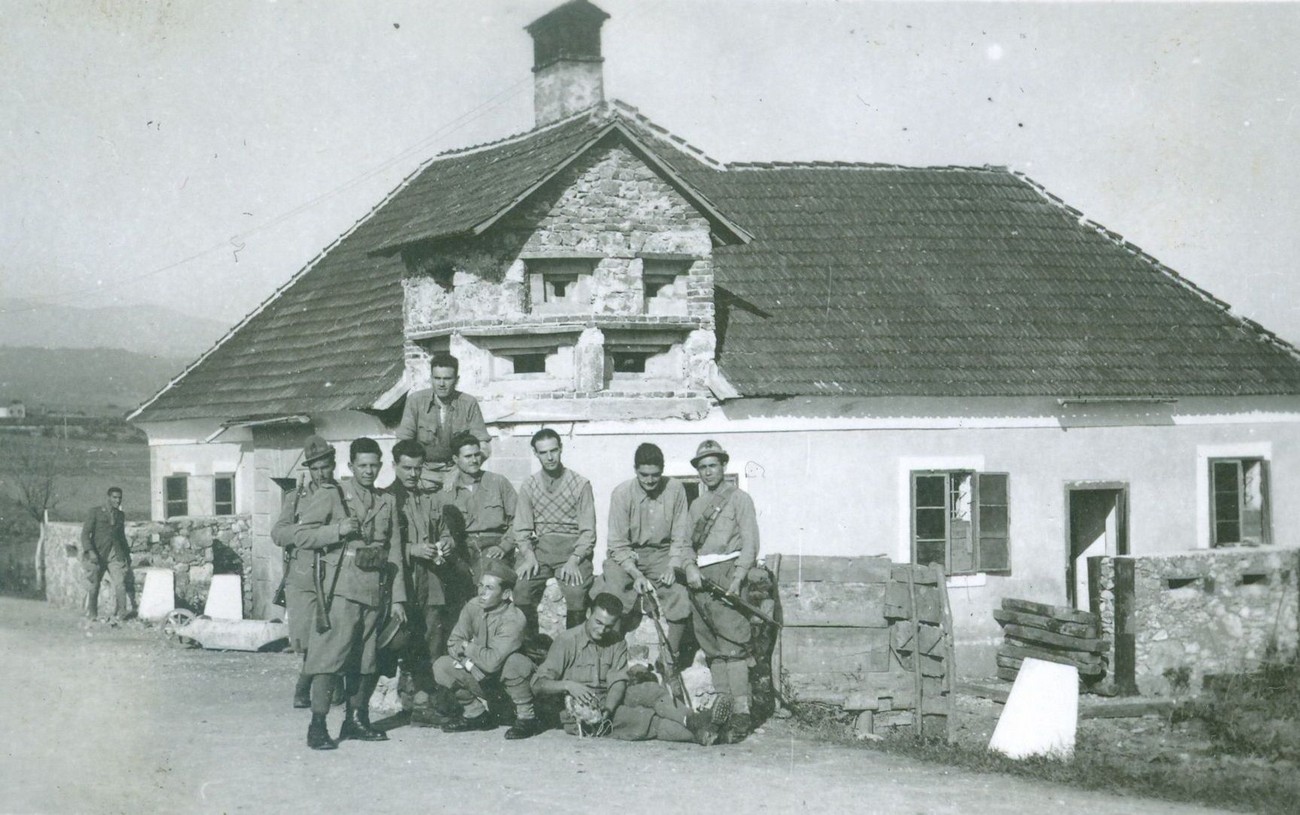
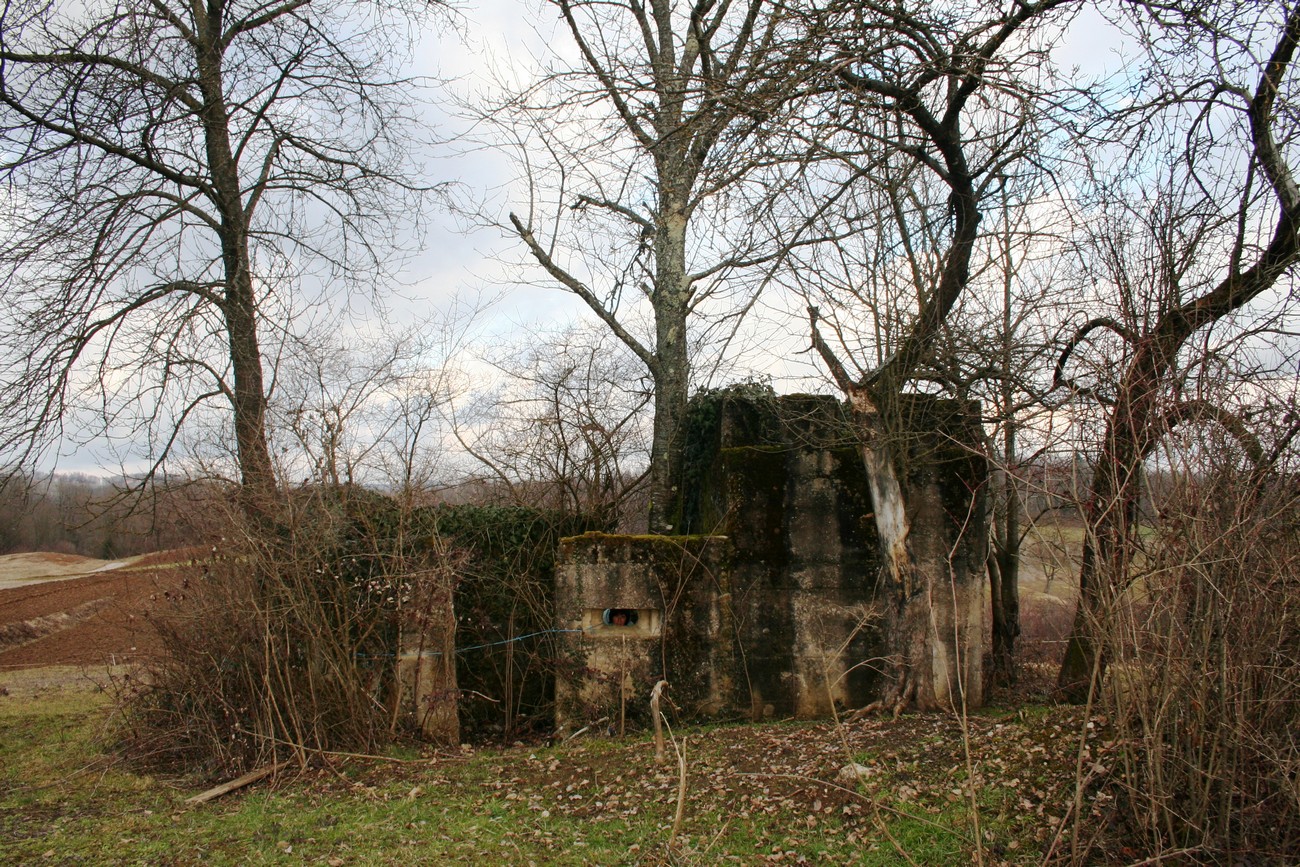
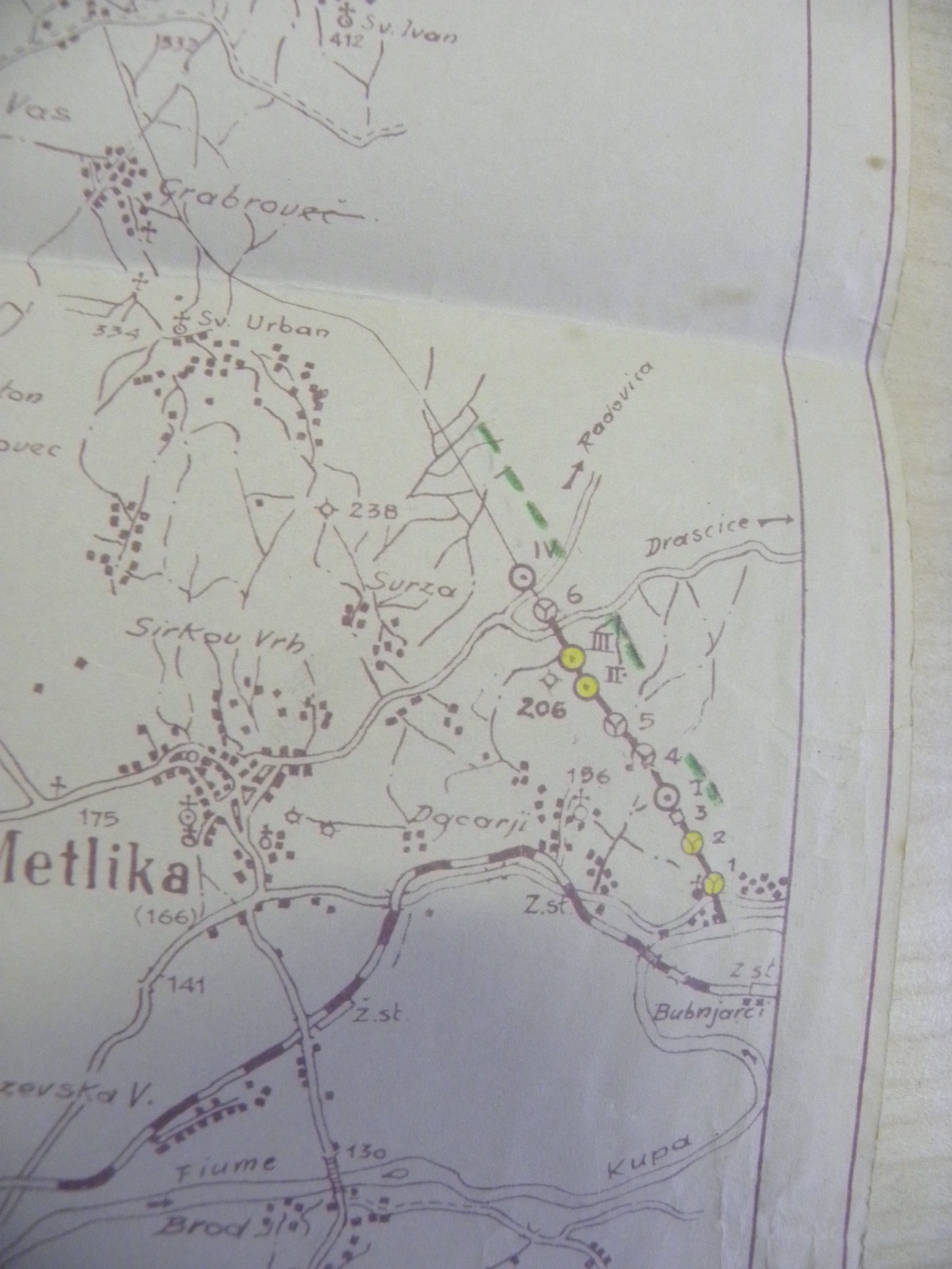
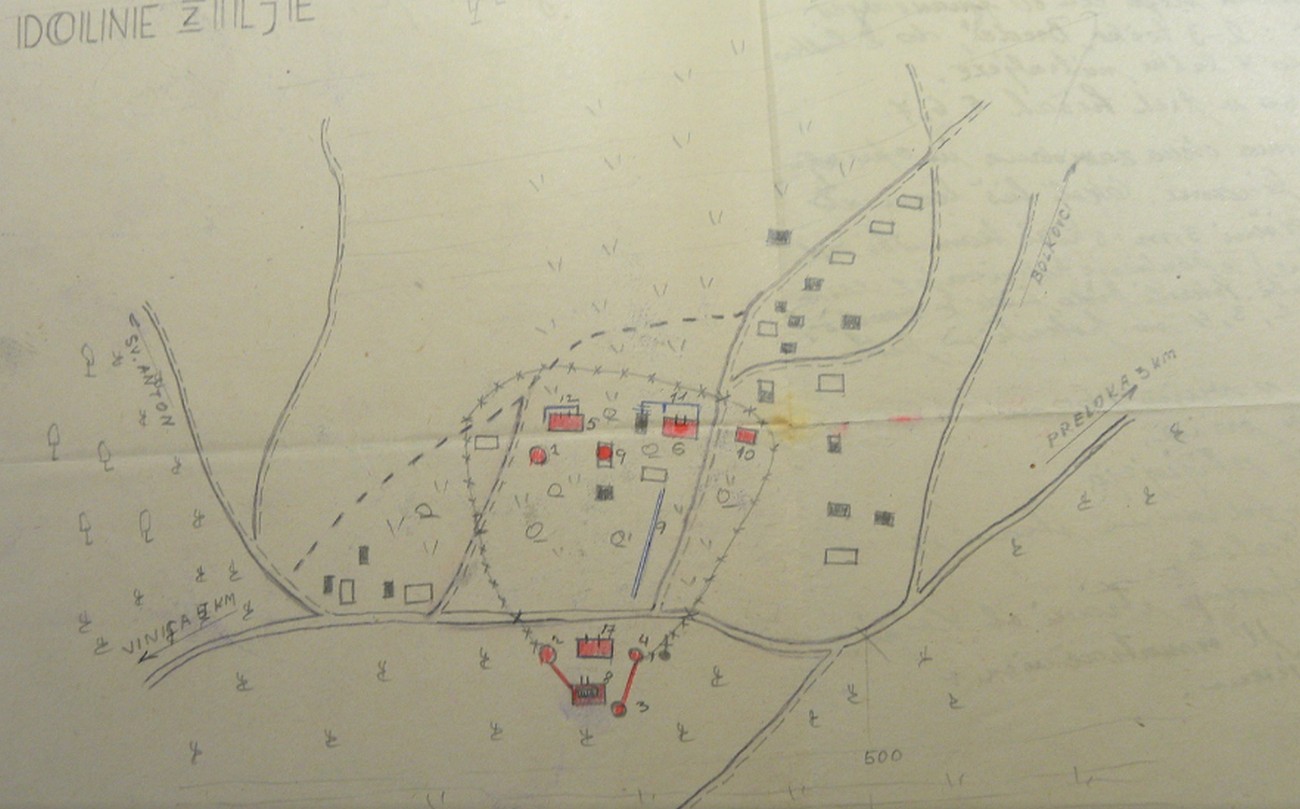
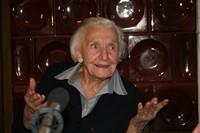
Girls, foreign men wearing uniforms have come to Preloka. If any of you will go dancing with these boys or spend time with them, then after the war you will not be worthy of the attention of a Slovene boy or to be warmed by the Slovene sun.(a statement from the parish priest of Preloka Jože Pokorn. Marija Starešinič (born 1925). Interview by: Božidar Flajšman. Source of the photograph: project archive, Author: Sonja Bezenške, Video: Danilo Orlič. In Preloka, 23 September 2017.)
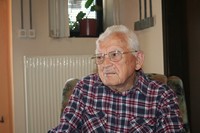
We were afraid that the Ustasha would come. The Ustasha knew that Radatovići had taken the side of the National Liberation Struggle, while we, the people of Žumberak, were enemies of the NDH.(Gabre Bogdanovič (born 1922), Hrast near Metlika, 29 June 2017. Intervew by: Božidar Flajšman. Source: project archive, Author of photograph: Božidar Flajšman, Video: Danilo Orlič. In Hrast pri Metliki, 29 June 2017.)